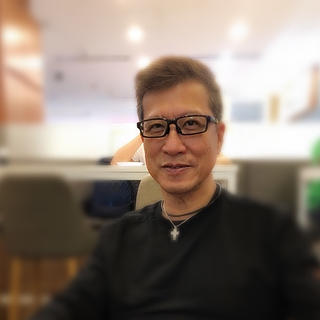The Quiet Leaders Who Hold a Family Together: A PATH Reflection on Emotional Safety, Harmony, and Unseen Strength
- Ivan Lim
- 3 days ago
- 3 min read

Some families are held together not by dramatic gestures, but by the quiet presence of a single person who carries kindness like a steady flame. No fanfare. No attention-seeking. Just a way of showing up that makes others feel safe.
These quiet leaders rarely call themselves leaders. Yet they shape the emotional atmosphere of a family more deeply than they realise.
Recently, I celebrated my brother-in-law’s birthday. It became a moment of reflection on how emotional safety is often created by people who lead through gentleness. The ones who move quietly, speak thoughtfully, and love consistently.
This reflection sits at the heart of the PATH framework, where transcultural psychology meets the lived reality of human relationships. It invites us to see leadership not as authority, but as alignment. When character, values, and presence form a unified expression of harmony.
The Psychology of Quiet Leadership
In psychotherapy, emotional safety is the foundation of trust, healing, and healthy connection. Quiet leaders create this safety intuitively. They offer steadiness instead of volatility. They listen instead of dominate. They act with care instead of impulse.
Their strength is measured not in control, but in consistency.
In my own family, my brother-in-law embodies this. His gentleness softens the edges of the day. His patience brings balance. His reliability becomes an anchor.
This kind of presence is often overlooked, yet it is the glue that holds many homes together.
PATH and the Transcultural Foundations of Emotional Safety
Quiet leadership reflects a convergence of philosophical traditions that transcend culture.
Confucianism offers ren, the practice of human-heartedness.
Daoism brings wu wei, the easeful power of calm action.
Christian spirituality speaks of kindness and faithfulness lived through character.
The PATH framework integrates these wisdom traditions into a coherent approach to relational harmony. When these philosophies come alive in a single person, their presence becomes healing.
A Birthday, But Also a Reminder
His birthday became an invitation to recognise the quiet architects of emotional safety. The individuals who rarely seek attention but embody care daily.
Their generosity protects.
Their patience strengthens.
Their humility restores balance.
Their love stabilises the emotional climate of the home.
My prayer for him is simple. May peace surround him. May his health remain steady. And may he know the quiet power of his presence.
Why Quiet Leaders Matter
In clinical work, I often see families transformed not by major interventions, but by small shifts in how members show up for one another. Quiet leaders teach us that emotional safety is built through:
• consistent kindness
• calm presence
• gentle strength
• reliability
• respectful listening
These qualities soften patterns. They reshape relationships. They invite harmony.
“We become a safe place for others when harmony guides the way we show up.”— Dr Ivan Zy Lim
A Reflection Invitation
Take a moment to consider the quiet anchors in your own life.
Who brings steadiness into your world?
Whose presence helps you breathe easier?
How have they shaped the emotional tone of your relationships?
Sometimes the greatest gifts are the people who never announce themselves.
A Gentle PATH Practice for the Week
Choose one interaction each day where you intentionally slow down.
Respond with kindness before reacting with habit.
Practice one moment of true listening.
End the day with gratitude for someone’s steady presence.
Over time, quiet harmony becomes a way of being.
Families do not thrive because of noise. They thrive because someone chooses patience, humility, and love. Quietly and consistently.
Honouring these individuals is more than appreciation. It is a recognition of what truly sustains emotional safety and relational harmony.
Warmly,
Ivan





Comments